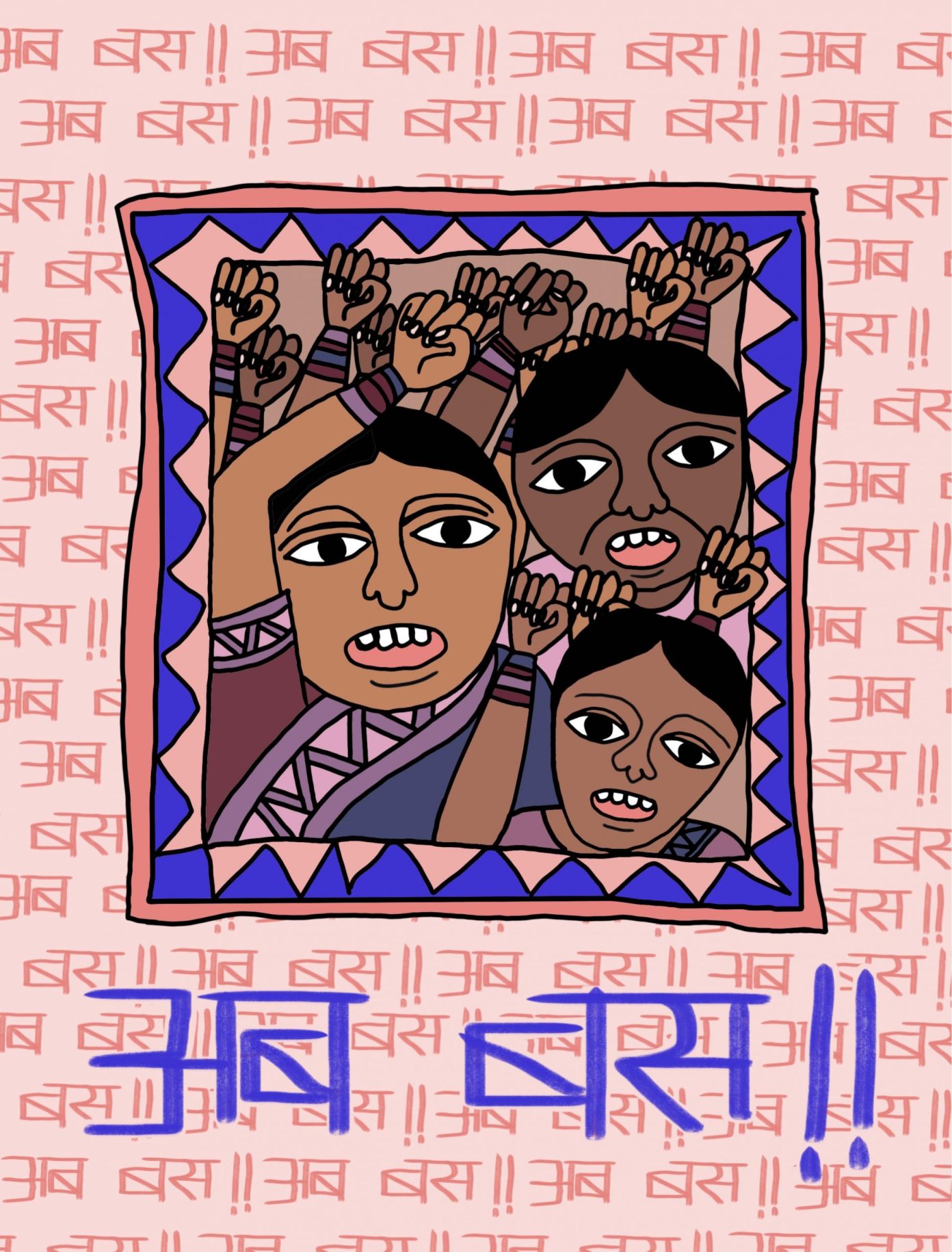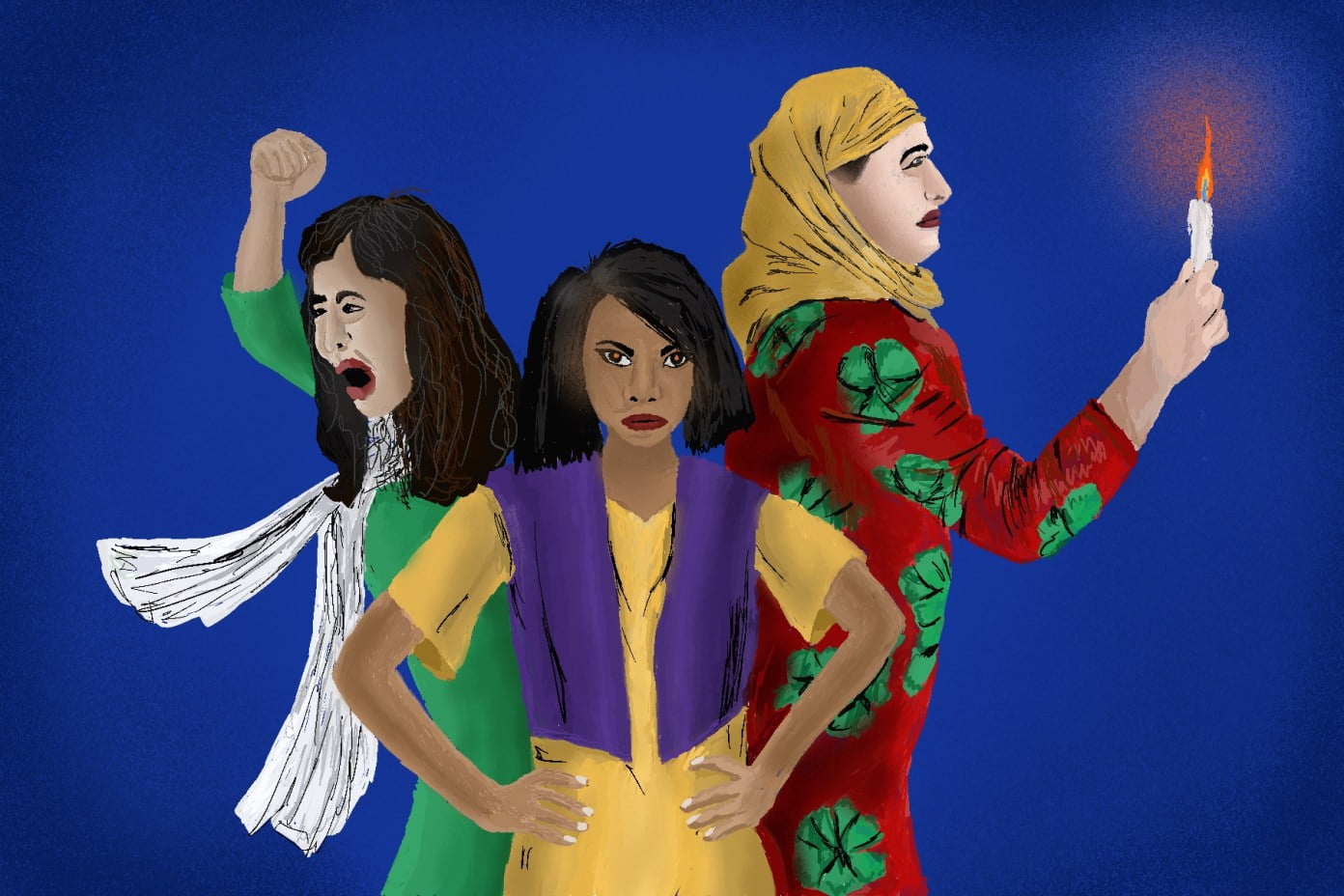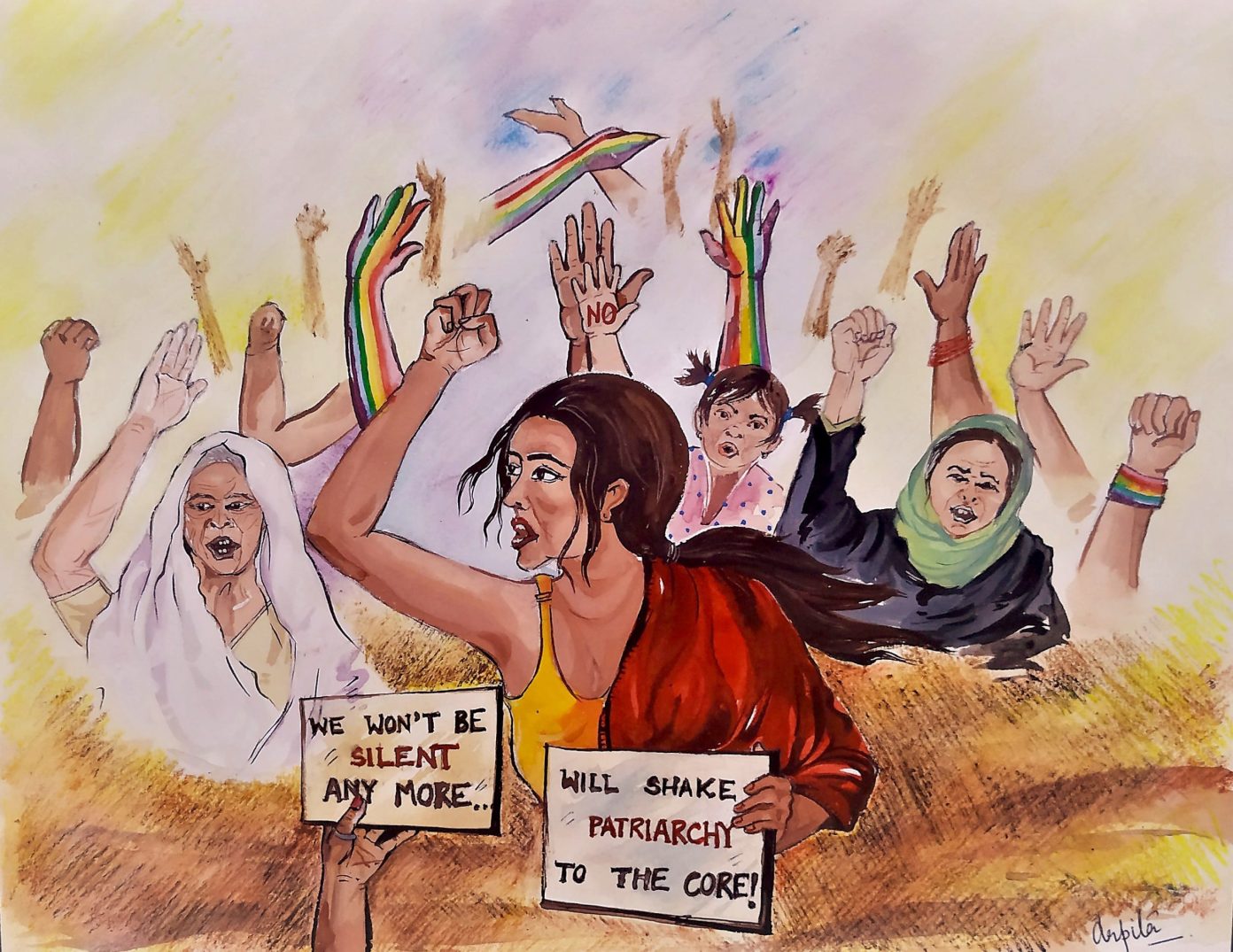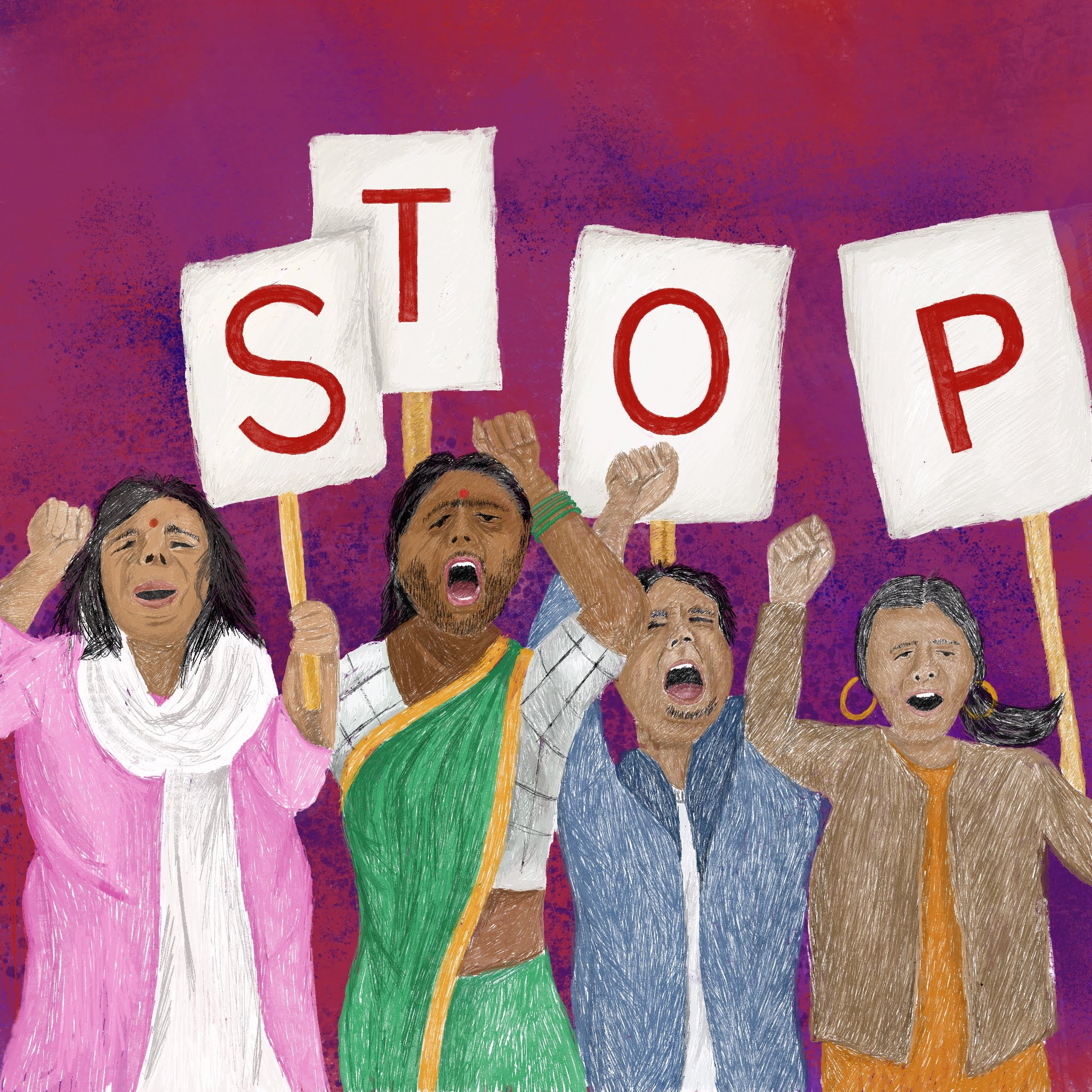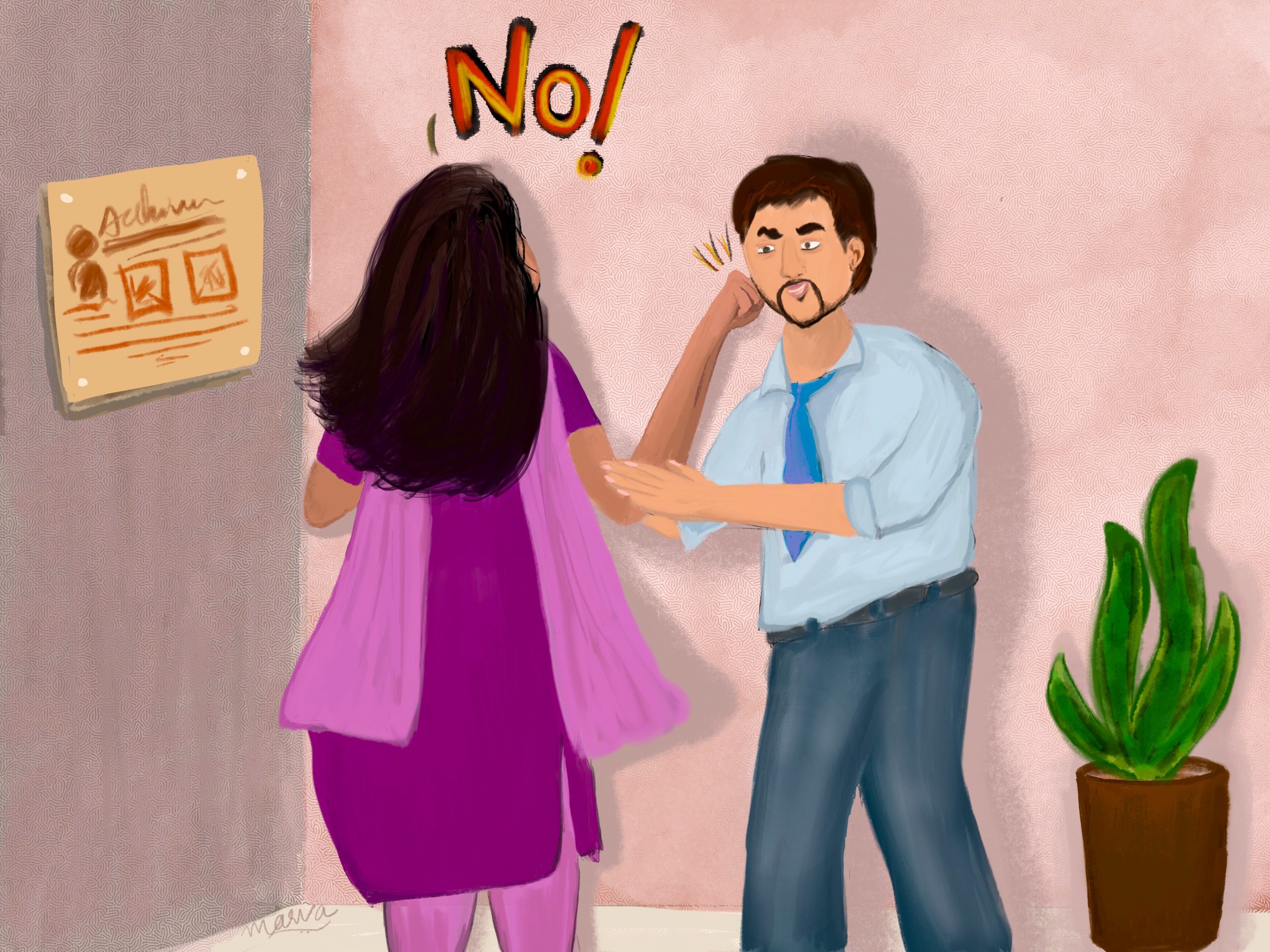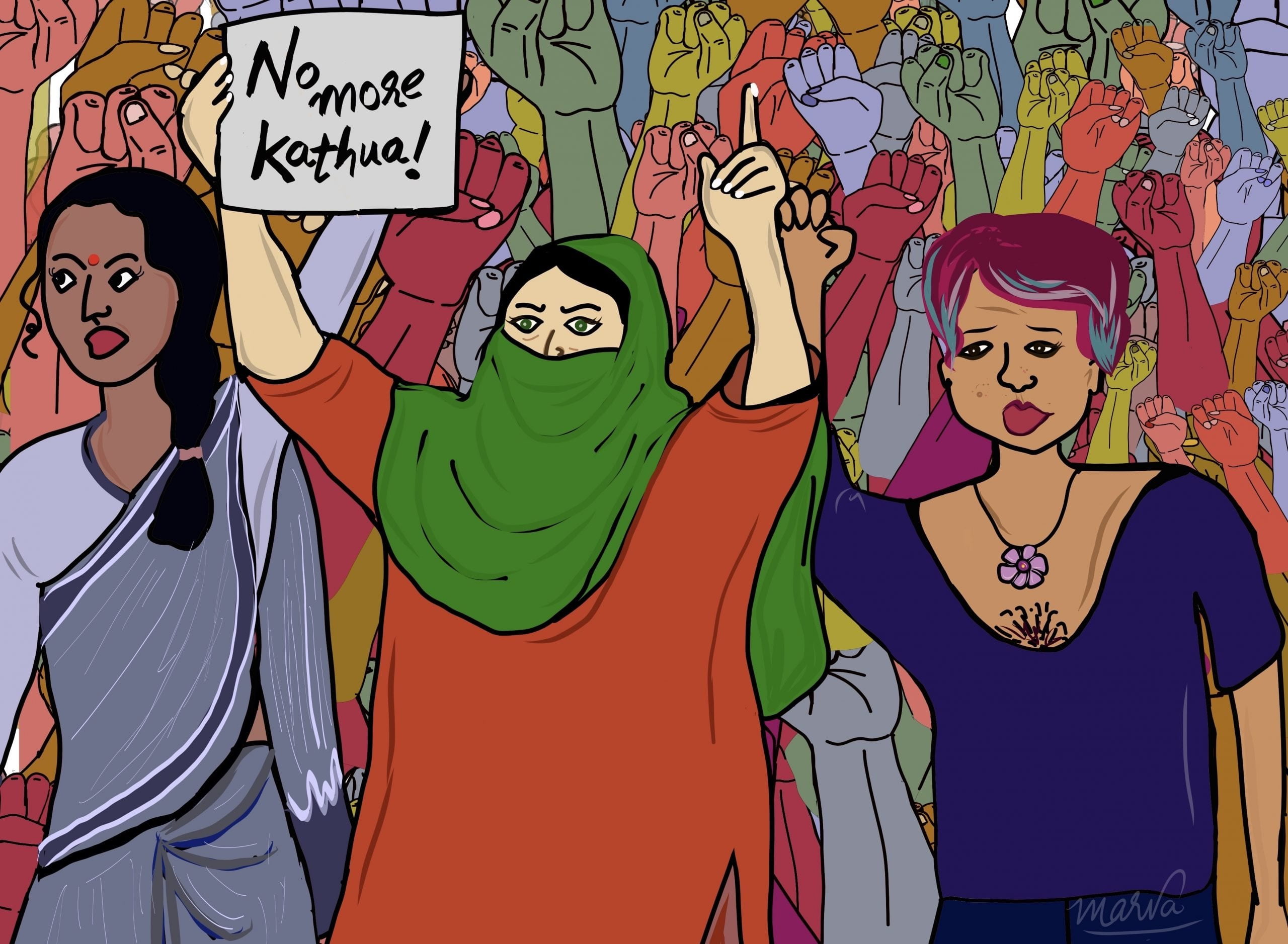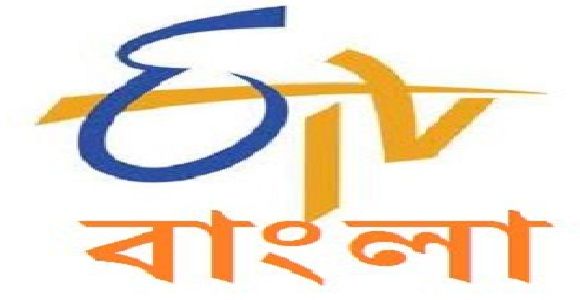
#GBVinMedia is a campaign by Feminism in India (FII) that takes a critical look at how mainstream media reports gender-based violence (GBV). The language that the media chooses to employ while reporting rape and sexual violence can heavily influence the way its audience views gender-based violence. It can determine whether an incident of rape is viewed in a way that reproduces victim blaming narratives and rape culture, or in a way that affirms the agency of women and girls, and their right to safety and freedom from violence. How the media chooses to frame gender-based violence has direct ramifications on how society understands the phenomenon.
The #GBVinMedia campaign interrogates mainstream media’s reportage of gender-based violence from an intersectional feminist perspective.
The #GBVinMedia Toolkit
FII has created a toolkit with a set of ethical guidelines and best practices for media professionals and media students to use in order to report gender-based violence sensitively.
This toolkit provides an overview of the nature of rape reportage in English language media in India, and lists a number of ways in which problematic media practices can be replaced with sensitive and affirming methods that uphold the rights and dignity of survivors of gender-based violence.
We intend for the toolkit to be used in media houses and by media schools as a guide to gender-sensitive journalism when reporting on gender-based violence.
What have we done so far?
The #GBVinMedia campaign began in 2015 as a digital advocacy campaign during the Global 16 Days of Activism that explored how Indian mainstream media has misrepresented and misreported gender and gender based violence. In 2019, with the support of Women Deliver, we created the #GBVinMedia toolkit and renewed the campaign. The following is the on-ground advocacy work we have done so far, which includes events that we have hosted, workshops we have conducted and panels and conferences where we have presented the #GBVinMedia toolkit.
#GBVInMedia Social Media Campaign
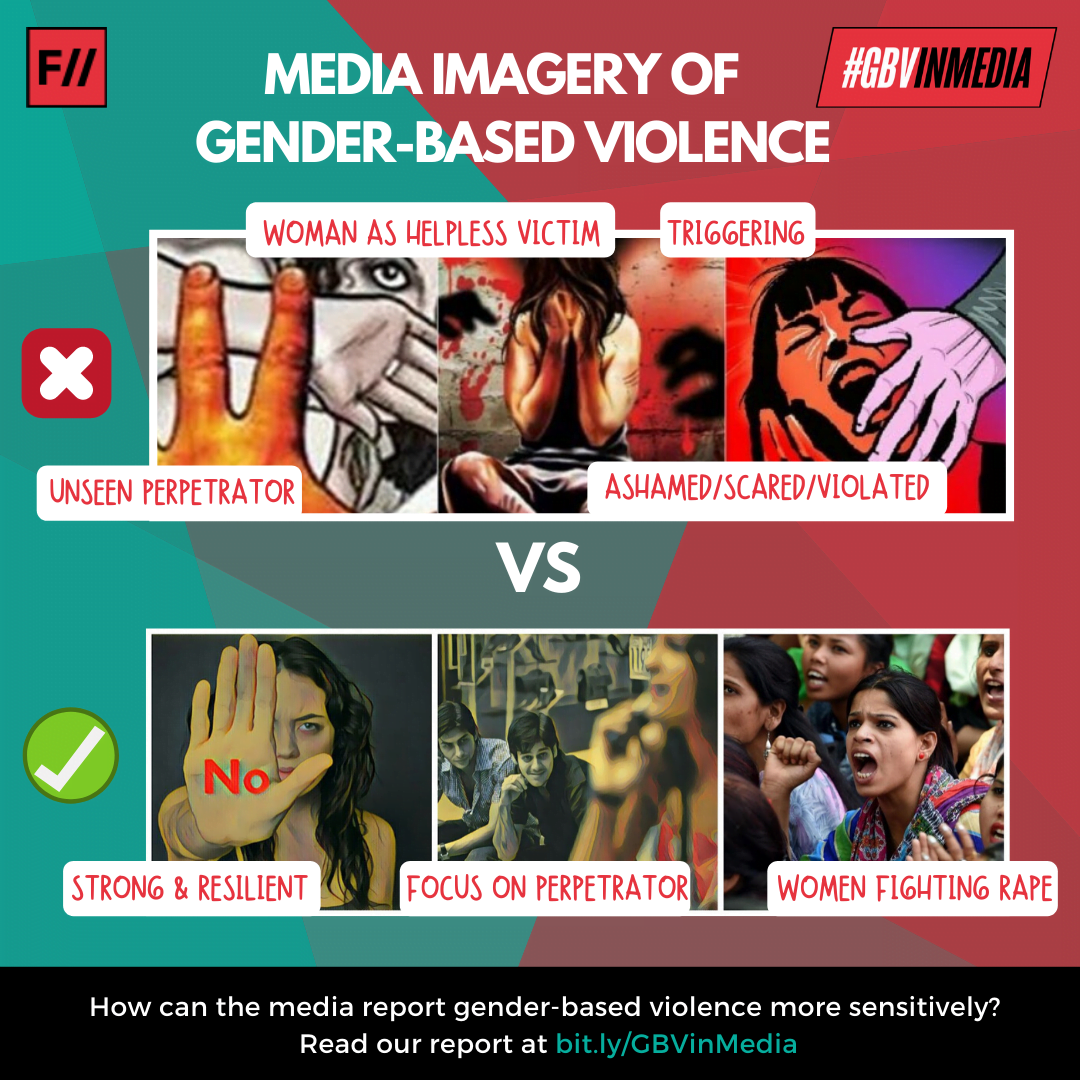
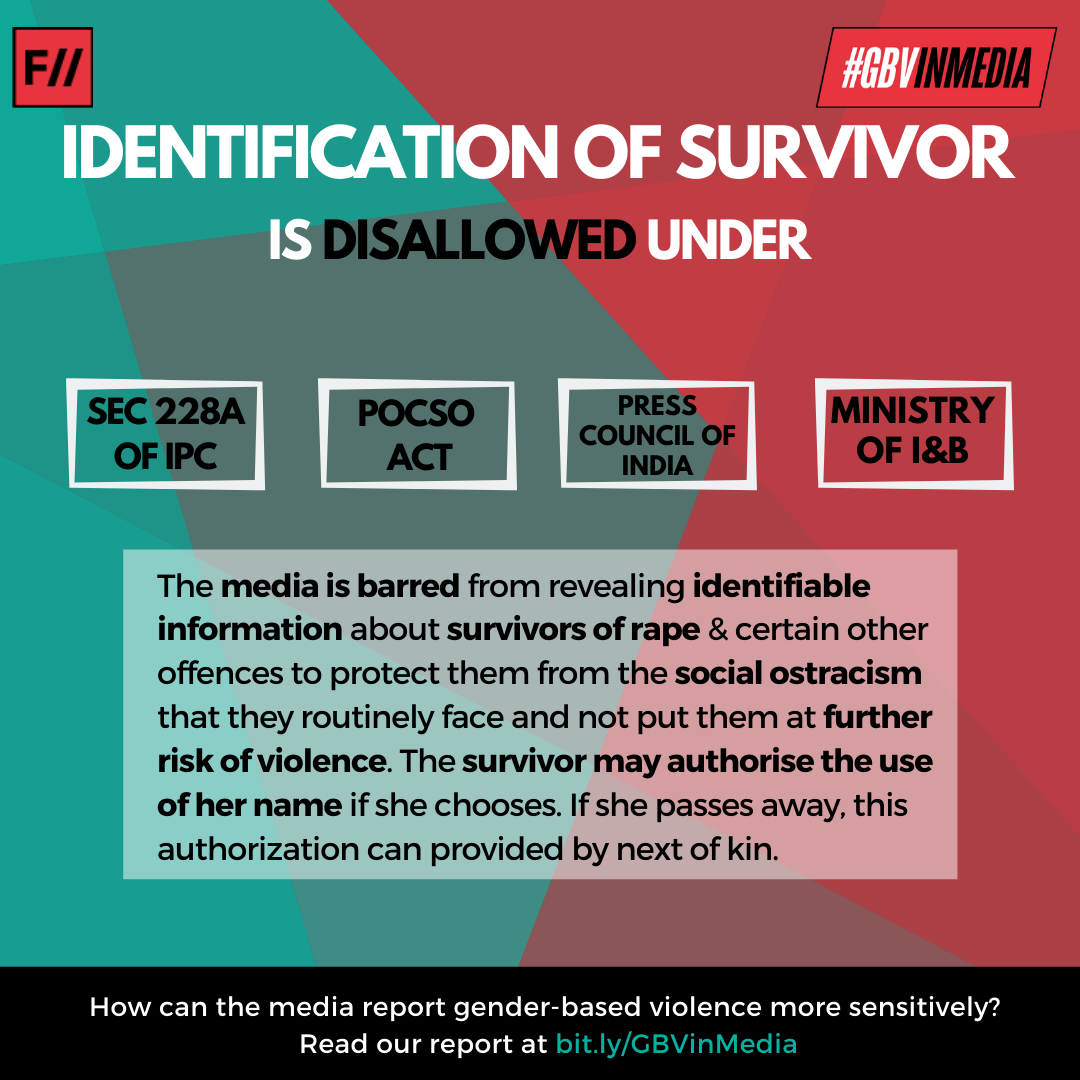
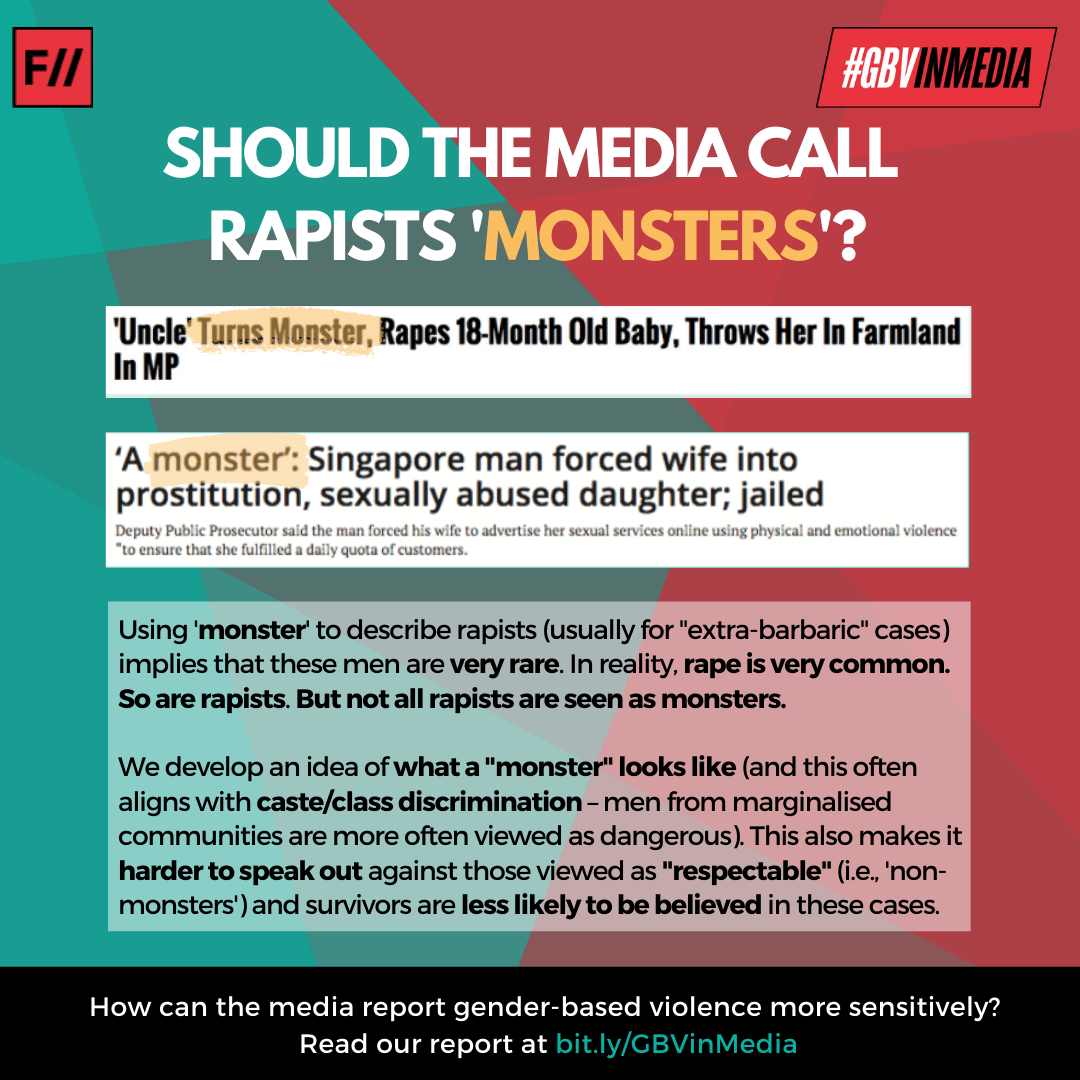

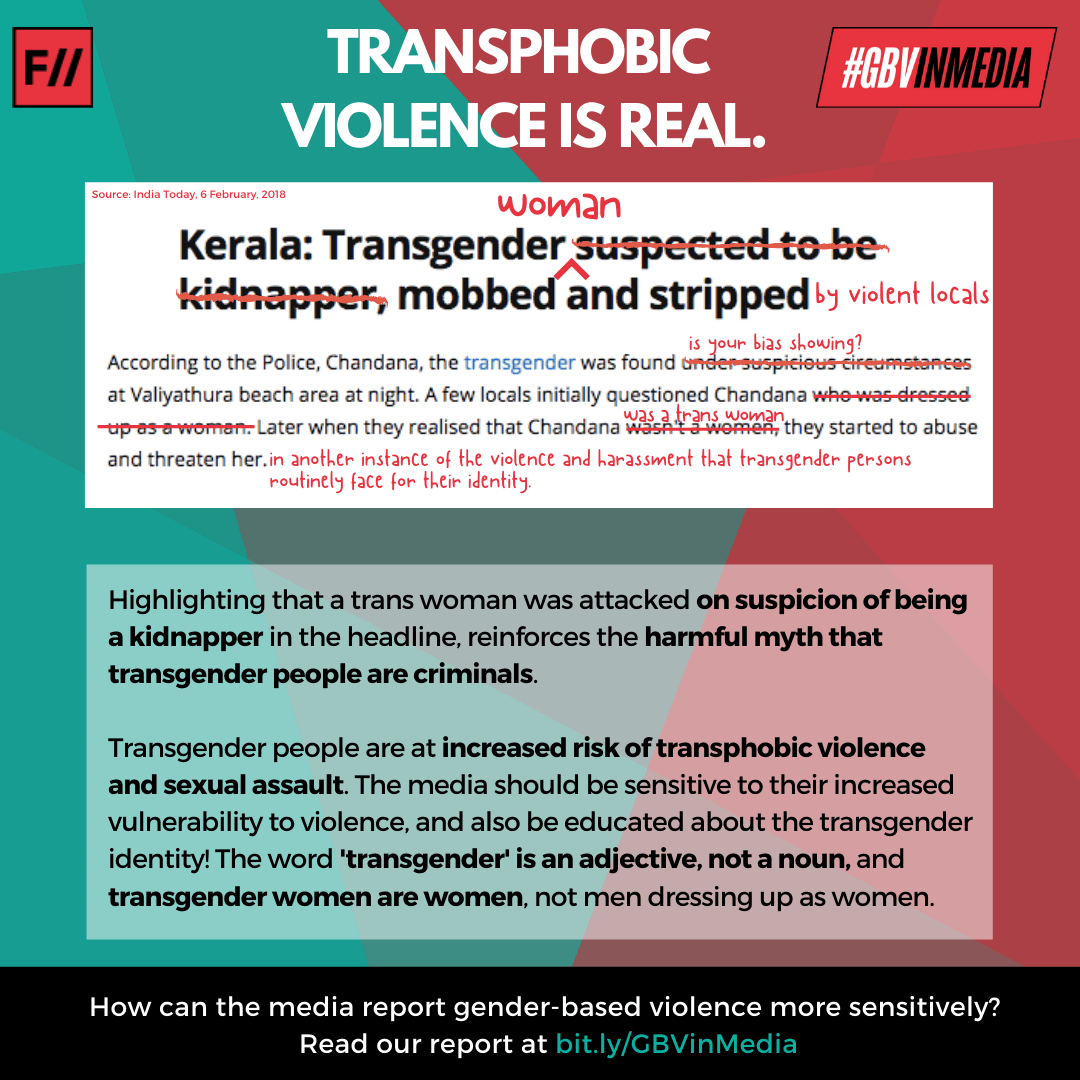
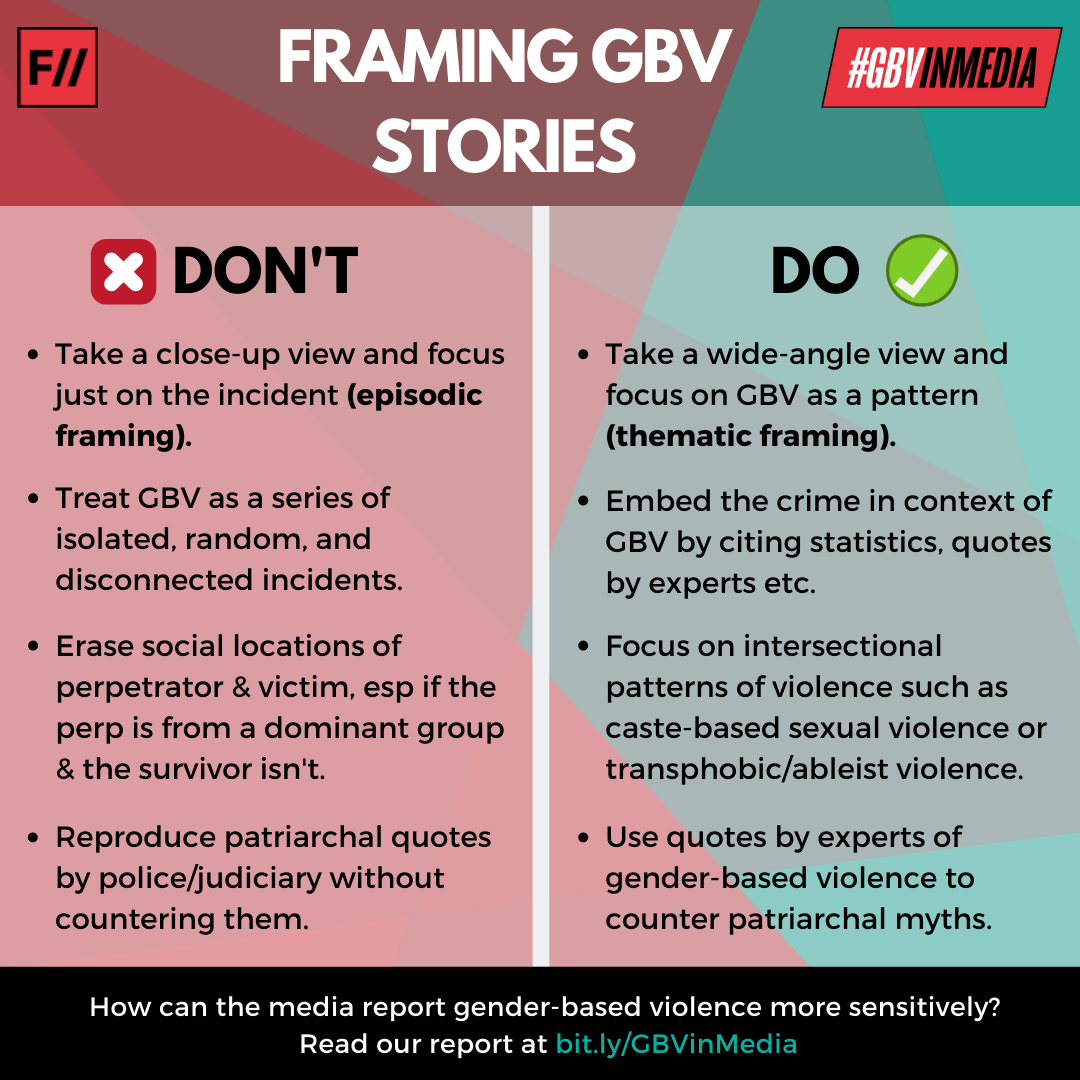

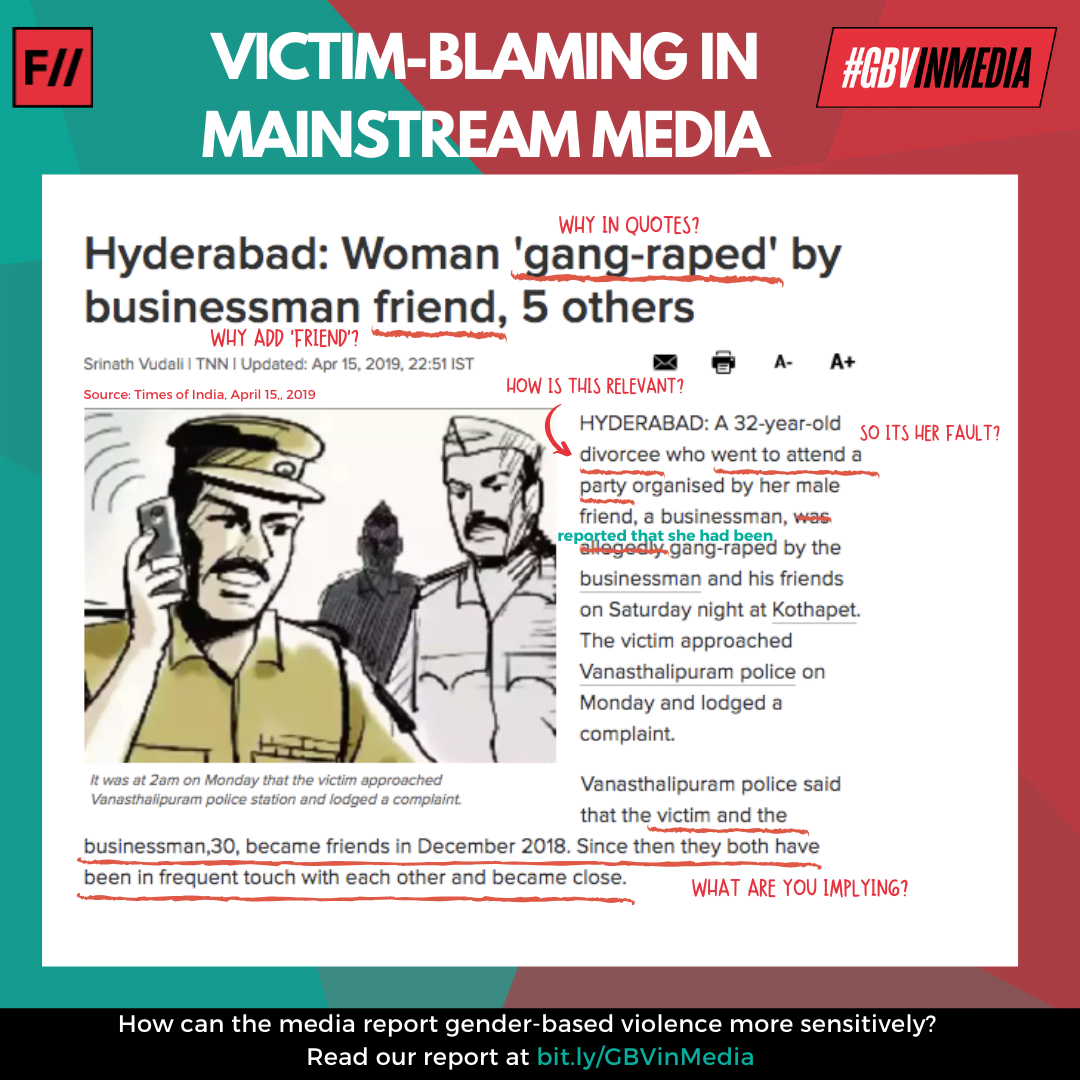
#GBVInMedia Stories

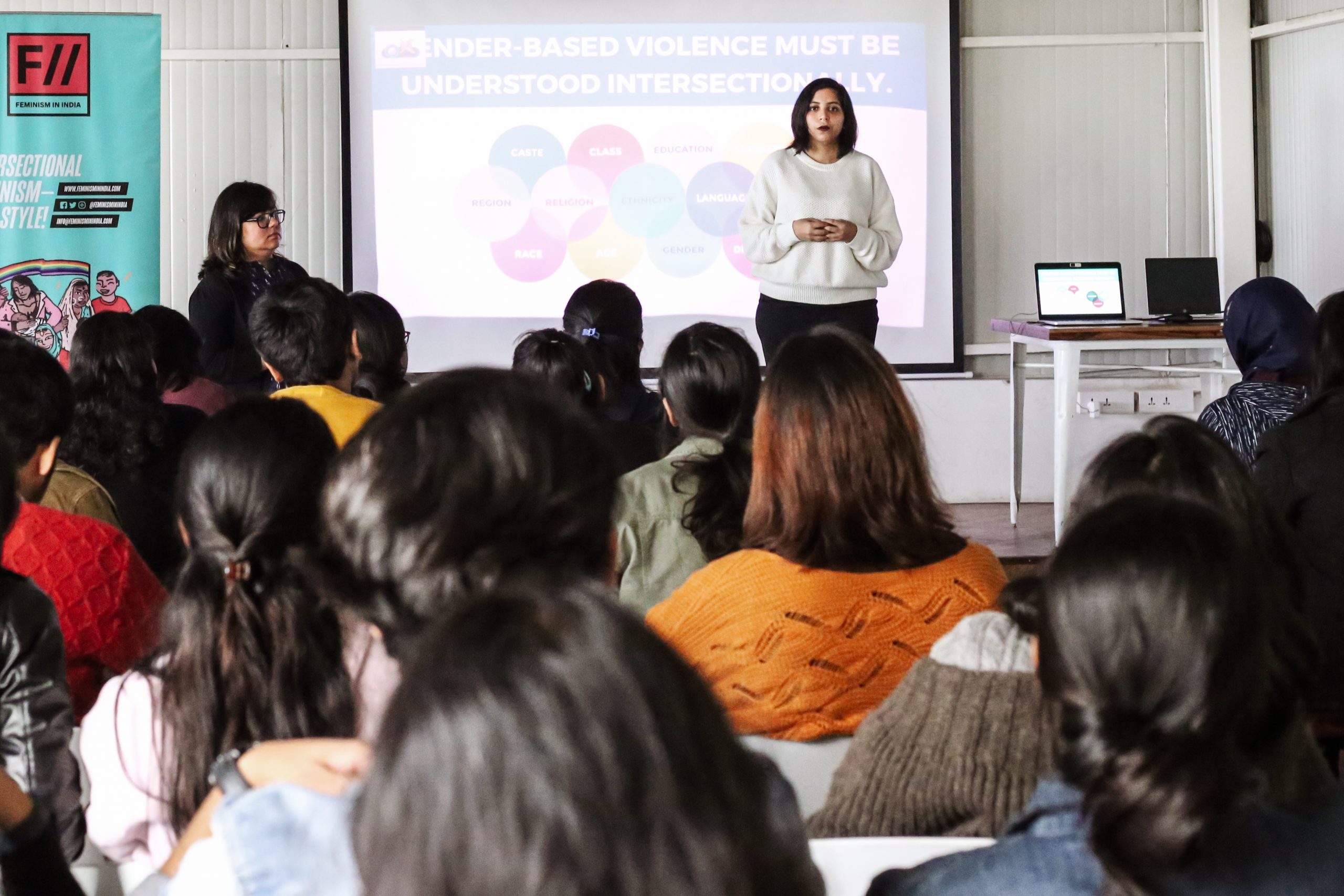
FII & Breakthrough India Host Workshop On Gender-Sensitive Journalism | #GBVinMedia
By FII Team
3 min read | Feb 21, 2020
Dear Media, Use These New Stock Images To Depict Rape Instead! | #GBVinMedia
By FII Team
5 min read | Feb 20, 2020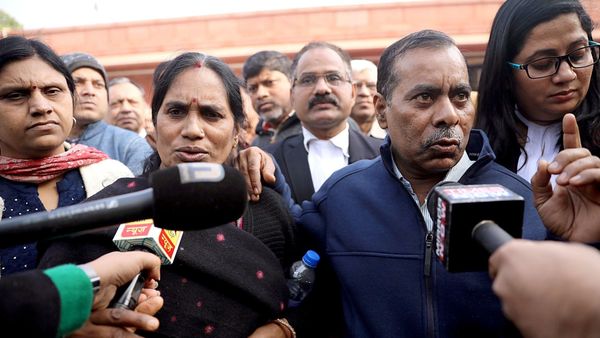
The Media Has A Huge Urban Bias In Reporting Gender-Based Violence | #GBVinMedia
By Jhalak Jain
6 min read | Feb 20, 2020
The Media Needs To Stop Sympathising With Rapists | #GBVinMedia
6 min read | Jan 27, 2020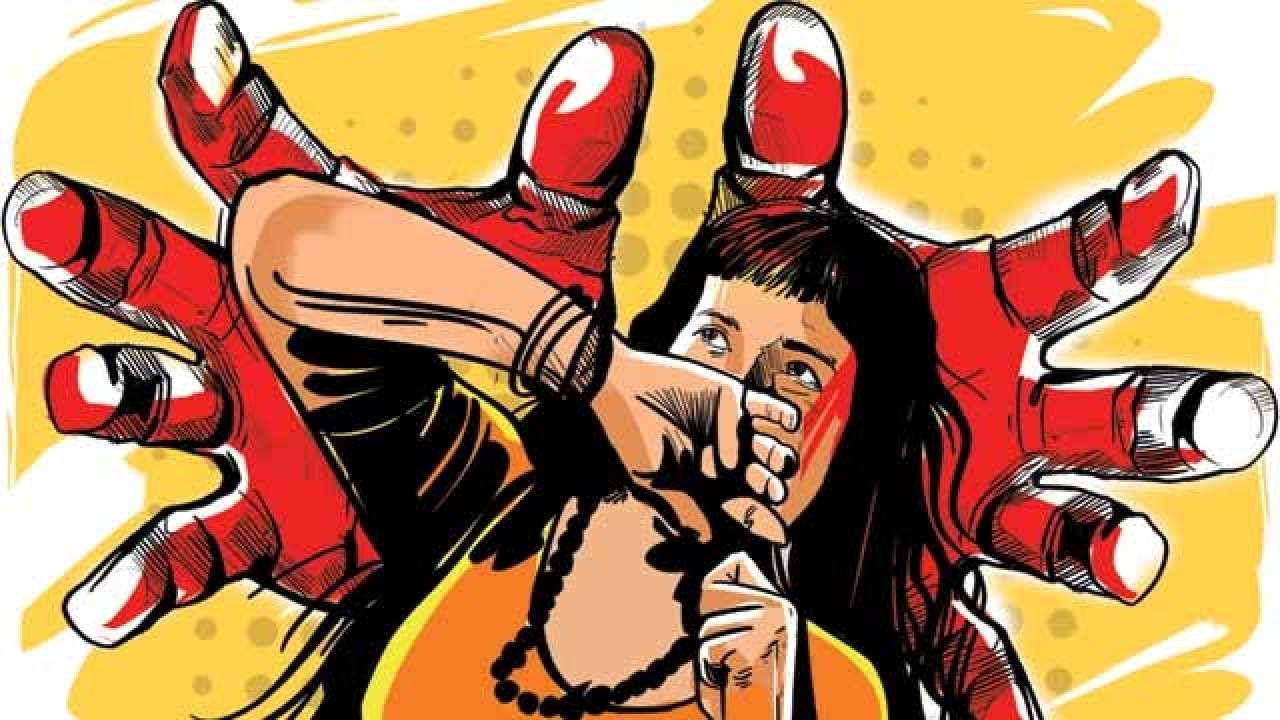
The Media Needs To Use Better Images When It Reports Rape | #GBVinMedia
By Asmita Ghosh
6 min read | Jan 13, 2020#GBVInMedia Illustrations
The #GBVinMedia campaign and toolkit also focusses on the stock images used by Indian newspapers to report rape and other forms of GBV, depicting women as cowering away from looming hands, or running away in tears from a larger-than-life shadow, or being physically assaulted and silenced. Most of these visuals also portray conventionally beautiful women, adding an element of sexualisation to a horrific crime.
These images reinforce the notion that women are victims who are helpless in the face of sexual predation. The perpetrator is missing in these images, removing the focus (and hence, the accountability) on them. They might also be exceedingly triggering for survivors of rape and other sexual crimes as they depict women in the moment of their violation. In our #GBVinMedia toolkit, we recommend the use of images that portray the strength and resilience of women, for e.g., images from protests or organised women’s movements, or better artwork!
To counter these images, FII set up a crowdsourced art project. We reached out to artists and designers to send us alternatives to the stock images used for rape. We got a huge response – 26 artists sent in a total of 52 works of art! We shortlisted these top ten images, which are below.
These images have the CC-BY 4.0 license and are owned by FII Team. You are free to copy, redistribute, adapt and build upon these images for commercial or non-commercial purposes. The images must be credited as given below upon usage and a link must be provided to this page. We encourage media houses and platforms to use these works of art freely when writing about and reporting gender-based violence and rape. You can read more about the images here.
